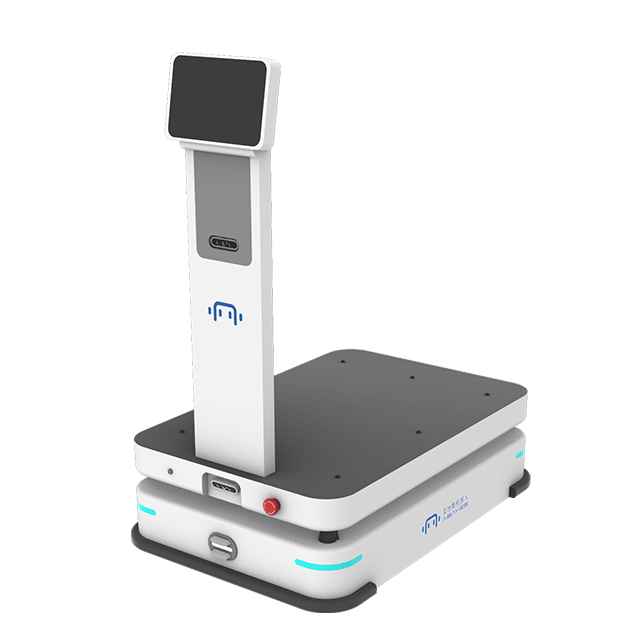In the ever-evolving landscape of industrial automation, logistics AMRs have emerged as a revolutionary solution for optimizing operations in various industries. Among them, the automotive parts manufacturing sector has embraced the widespread implementation of these robots due to their versatility, efficiency, and potential for future development. This article explores the general applicability, advantages, and prospective advancements of logistics robots in automotive parts factories.
(The picture of our logistics AMRs serving in the automotive parts factories)
The integration of logistics AMRs in automotive parts factories has become a prevalent trend worldwide. Regardless of the factory’s size or specialization, logistics AMRs can be adapted to suit specific needs, making them universally applicable. From raw materials handling to components delivery, these robots streamline the supply chain and production process.
Logistics robots boast remarkable adaptability in different environments, effortlessly navigating through tight spaces and complex layouts. They can be equipped with various sensors, such as cameras and LIDAR, which enable them to detect obstacles and make real-time adjustments to their routes, ensuring safe and efficient transportation.
The adoption of logistics AMRs in automotive parts factories offers numerous advantages, contributing to enhanced productivity and operational efficiency:
- 1. Increased Efficiency: Traditional material handling methods often involve manual labor, leading to time-consuming and error-prone processes. Logistics robots, on the other hand, operate with precision and consistency, reducing the risk of human errors and optimizing production timelines.
- 2. Cost Savings: While the initial investment in robotics technology may seem substantial, the long-term benefits outweigh the costs. The decreased need for human labor and reduced downtime result in significant cost savings over time.
- 3. 24/7 Operations: Unlike human workers, logistics robots do not require rest or breaks, enabling continuous operations and maximizing factory output.
- 4. Enhanced Safety: Human workers may face potential hazards while handling heavy or hazardous materials. Robotics eliminates this risk, creating a safer working environment.
- Data-Driven Decision Making: Logistics AMRs are equipped with advanced sensors and connectivity capabilities, generating valuable data on production and supply chain operations. Manufacturers can leverage this data to make informed decisions and optimize processes further.
The future of logistics robots in automotive parts factories is promising, with ongoing advancements and potential breakthroughs. Advancements in AI and machine learning will enable logistics AMRs to become even more autonomous and adaptive. They will be capable of self-learning and optimizing their operations based on real-time data, leading to improved efficiency and reduced maintenance requirements. Moreover, the deployment of 5G networks will enhance robot communication, allowing for faster data transmission and enabling real-time coordination in large-scale manufacturing facilities.
The integration of logistics AMRs in automotive parts factories has become a game-changer, offering universal applicability, undeniable advantages, and boundless opportunities for future development. As technology continues to evolve, these robots will redefine the automotive manufacturing landscape, leading to increased productivity, cost savings, and ultimately, a more efficient and competitive industry. Embracing this robotic revolution is not only a necessity but also a strategic advantage for automotive parts manufacturers aiming to thrive in the dynamic global market.
If you would like to learn more about our robotic products and solutions, please feel free to leave a message or call us for consultation. Email is global@bysbot.com. Also you can add our WhatsApp +86 181 1289 9721.







